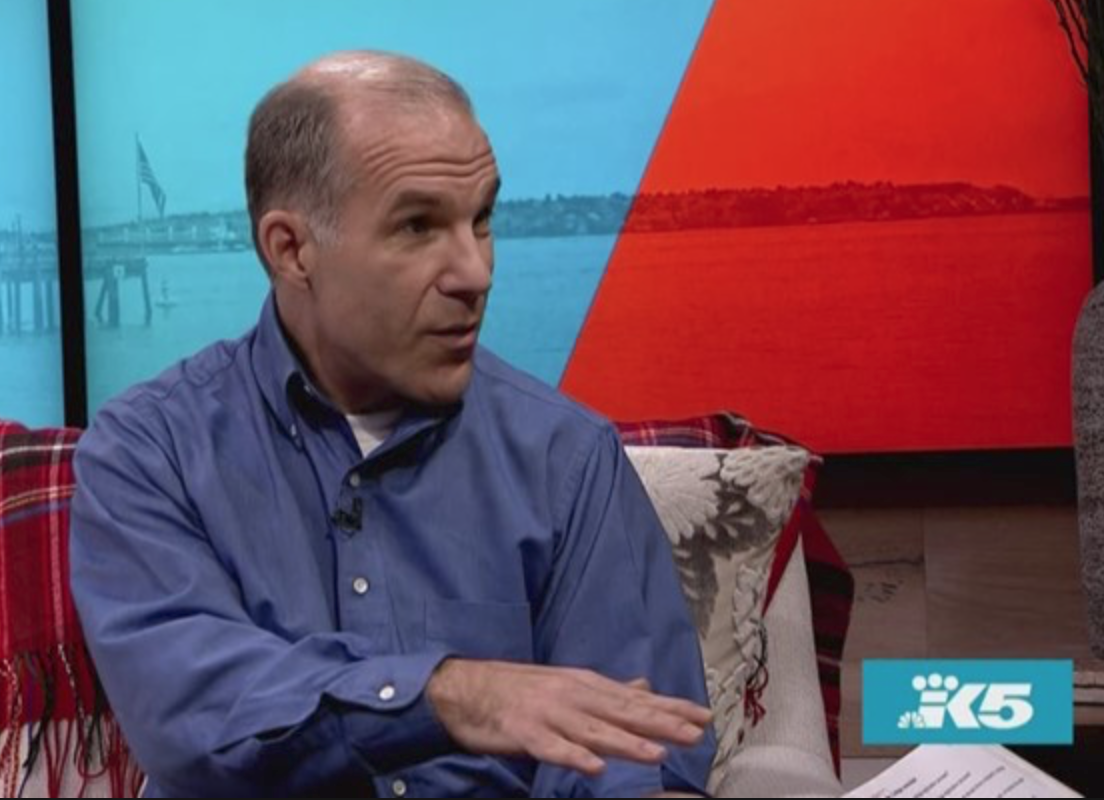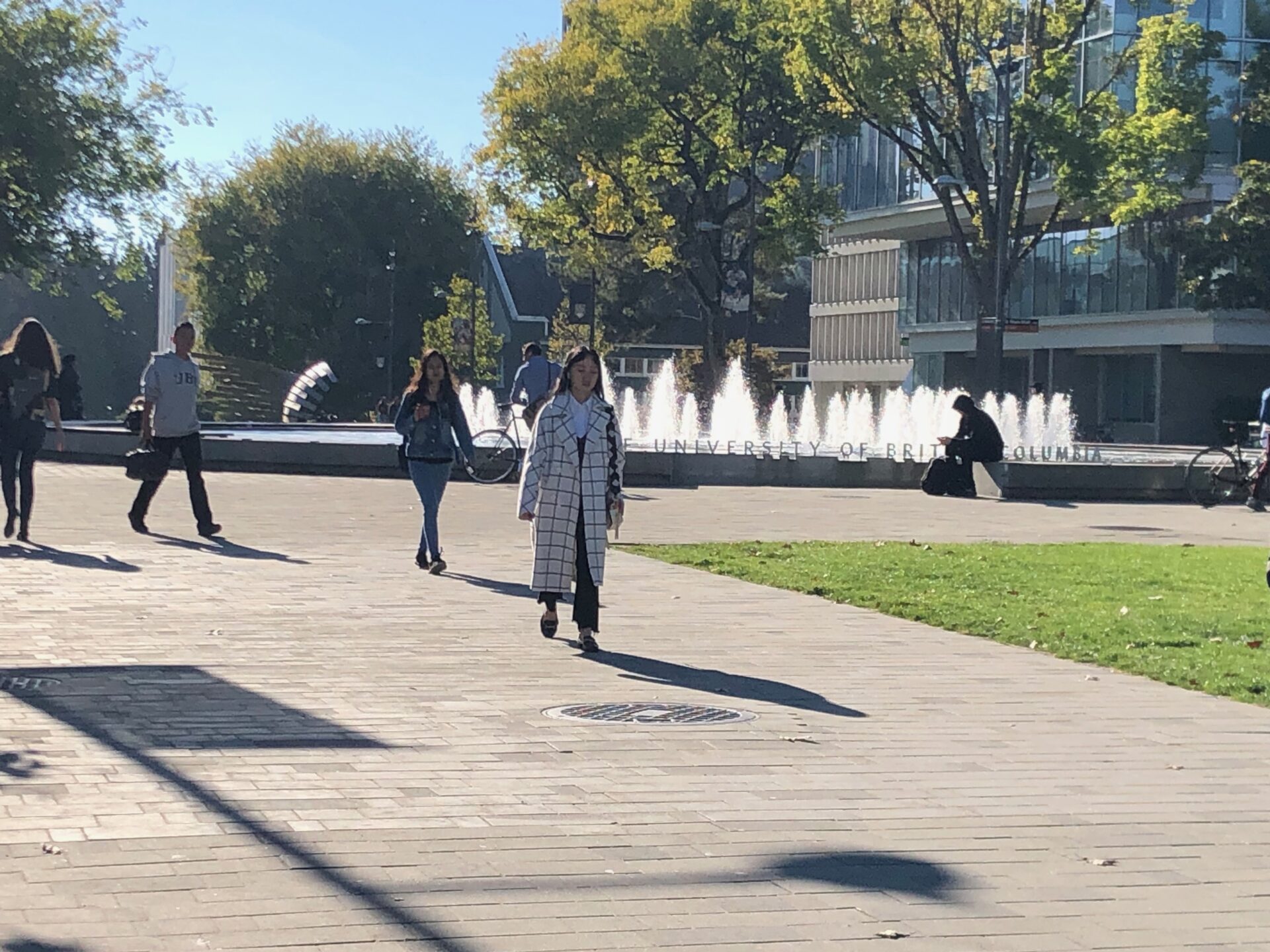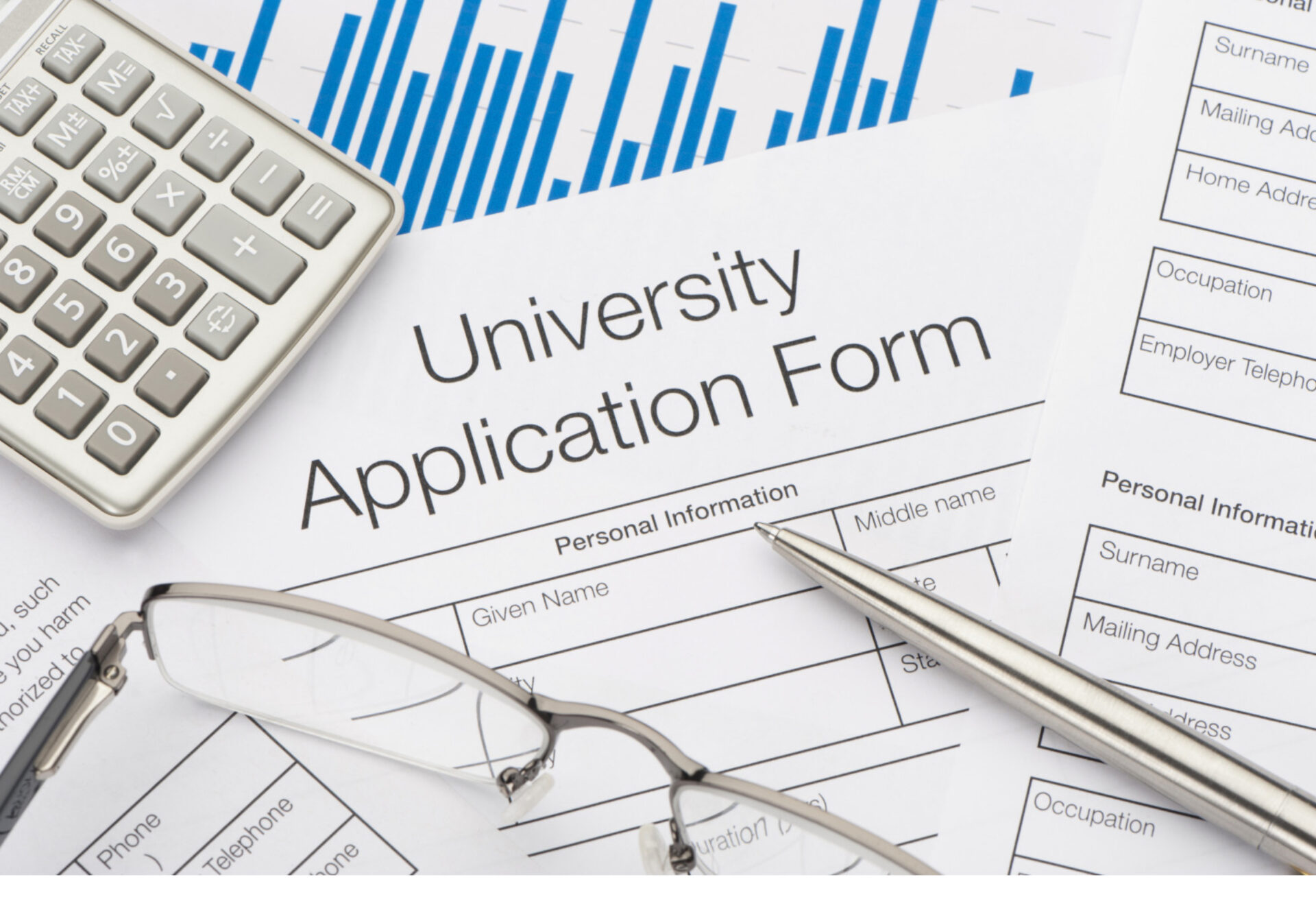I recently spoke with a senior attending a prestigious film school in southern California about tuition and student loans. He told me, “My $109,000 college loan debt is just the price of a good education.” Then, I asked him if he knew what compound interest was; he wasn’t quite sure. Actually, he had no idea how his loans were structured, the relative impact this debt would have on his lifestyle after graduation, or why it was or was not a good investment. With a national student loan debt surpassing $1.6 Billion as evidence, I don’t think this knowledge gap is unusual for most students entering college.
There is a simple rule that many college admissions counselors suggest students and families us when considering student loan debt. Do not graduate with more debt than the average starting yearly salary of the occupation you pursue. If you pursue a computer science degree with an average (national) yearly salary of about $65,000 for new graduates, you can afford to take on some debt with some confidence you can pay it back without extraordinary or undue stress. Conversely, if you are getting your teaching degree, a new graduate can expect to earn about $38,500in the first year after graduation. Why is this important? If the boat is leaking faster than you can bail water, you don’t want to be the captain. This is also how compound interest can quickly drown new graduates and their future ambitions.
In addition, students must realize that all degrees—and later, jobs—within a discipline, such as “engineering” or “finance” are not the same. For example, some engineering degrees, such as aerospace, command a significantly higher starting salary ($72,000) than a civil engineering degree ($59,000). In addition, some degrees are worth more in some states than others. A teacher, for example, may have a starting salary of $51,000in New Jersey or Washington D.C., but only $30,000in Montana. That 40% difference is critical when trying to pay back student loans.
As students contemplate undergraduate education it is crucial they consider the amount of debt incurred relative to the earning potential of the skills they will obtain. This valuation is often referred to as the Return On Investment, or ROI. However, to fully establish the ROI for a specific school and specific student, other variables must also be considered. Is the student considering graduate school (and the associated loans/percentages) after receiving an undergraduate degree? Is a graduate degree in the specific area of work sought actually needed? How much will a graduate school degree in that area of study cost? All of these variables create a complex dance between debt, earning power, and time. However, choosing an undergraduate school before considering these questions can quickly create a loan burden that determines a lifestyle for decades.
The current average debt for a student graduating with an undergraduate degree is over $37,000. The average salary of a new graduate is just over $50,000. While this does not seem to present a national crisis, the current national college loan debt is over $1.5 Trillion and that is more than the national credit card or auto-loan debt. Much of this debt is driven by the pursuit of higher education at schools where the high costs of attendance require students to take out large loans to attend. According to the research collected by Frank Bruni, taking on inappropriate debt for undergraduate education has been shown to be a bad investment. Getting the best possible undergraduate education at a school you can afford (through personal finances or through grants and scholarship), getting high grades, and graduating with as little debt as possible is the smart decision and is supported by research and evidence. If you follow this path, graduate with little debt and with marketable skills, you have the choice to enter industry or taking on some debt for graduate school—and graduate school increasingly pays off in most, but not all, professions.
Do the preliminary work and reflection to identify the best college for you and your family and don’t be misled by unsubstantiated pressures to attend brand name, expensive schools. Your future will thank you.








